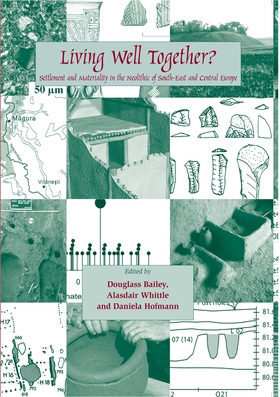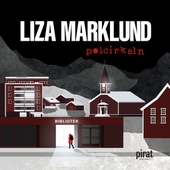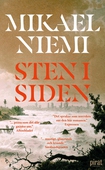
Lägg till önskelistan
Living Well Together? Settlement and Materiality in the Neolithic of South-East and Central Europe e-bok
Pris
115 kr
Living Well Together investigates the development of the Neolithic in southeast and central Europe from 6500-3500 cal BC with special reference to the manifestations of settling down. A collection of reports and comments on recent fieldwork in the region, Living Well Together? provides 14 tightly written and targeted papers presenting interpretive discussions from important excavations and reassessments of our understanding of the Neolithic. Each paper makes a significant contribution to e...
E-Bok
115 kr
Pris
Förlag
Oxbow Books
Utgiven
15 Februari 2021
Längd
178 sidor
Genrer
Historia & Arkeologi, Fackböcker
Språk
English
Format
epub
Kopieringsskydd
Vattenmärkt
ISBN
9781782974819
Living Well Together investigates the development of the Neolithic in southeast and central Europe from 6500-3500 cal BC with special reference to the manifestations of settling down. A collection of reports and comments on recent fieldwork in the region, Living Well Together? provides 14 tightly written and targeted papers presenting interpretive discussions from important excavations and reassessments of our understanding of the Neolithic. Each paper makes a significant contribution to existing knowledge about the period, and the book, like its companion (Un)settling the Neolithic (Oxbow 2005) will be a benchmark text for work in this region. The reports in Living Well Together? play out the critical questions posed in the earlier volume: how should one interpret settlement; what of the difference between tells and flat sites; what do we mean by permanent occupation; can we avoid the assumptions that underlie claims for year-round residence or seasonal occupation; why, in some regions and at some times, did people maintain residence for so many generations that monumental tell settlements grew to dominate the visual and social landscape; what would a viewshed analysis of tells reveal; what are the dynamics of households in Neolithic Greece; how should we see the emergence of pottery in terms of material culture; and what were the origins of the LBK, and how can we understand its development? The volume's authors have succeeded in attacking existing thought, in provoking new discussion and in creating new paths to understanding the nature of human existence in the Neolithic. Together they set a new agenda for studying the Neolithic across and beyond southeastern and central Europe.




